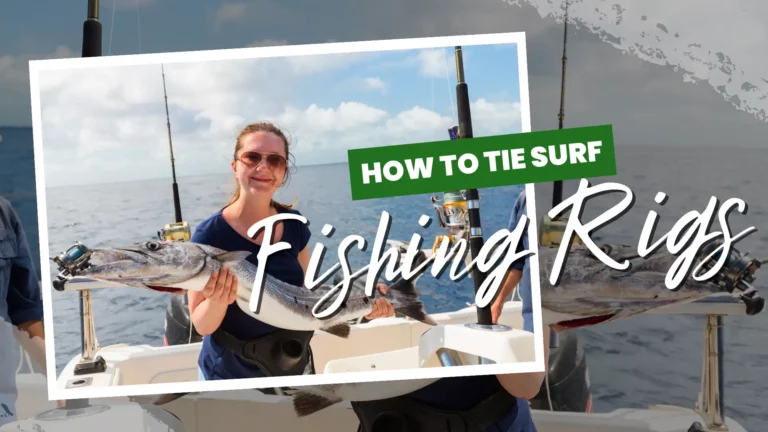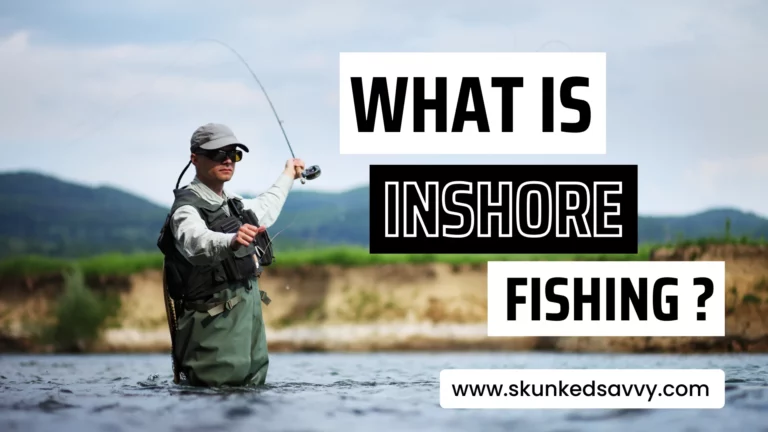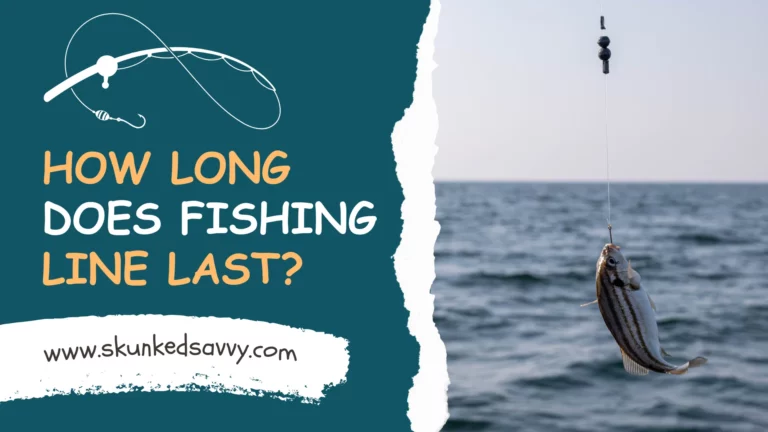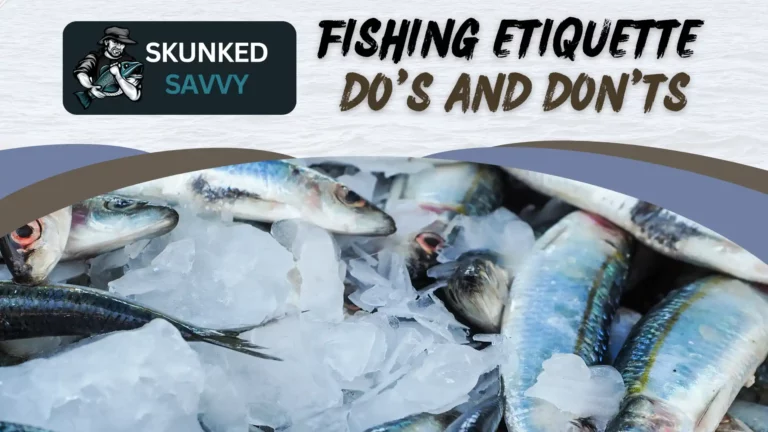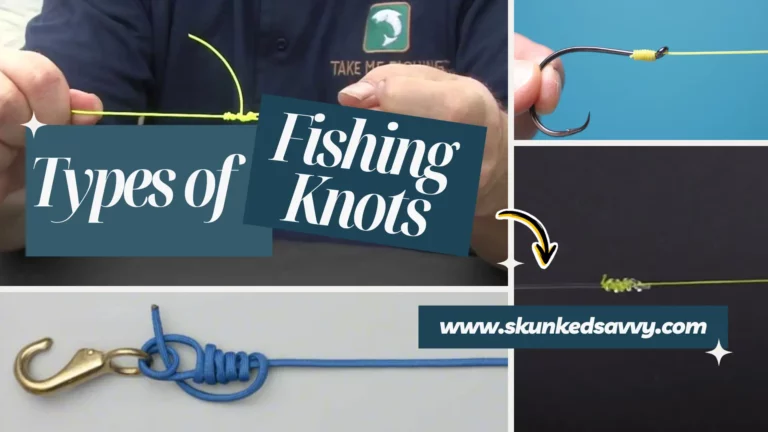How to Set Up a Fishing Pole?
Are you yearning to go fishing but unsure how to set up the fishing pole? It is not a new problem.
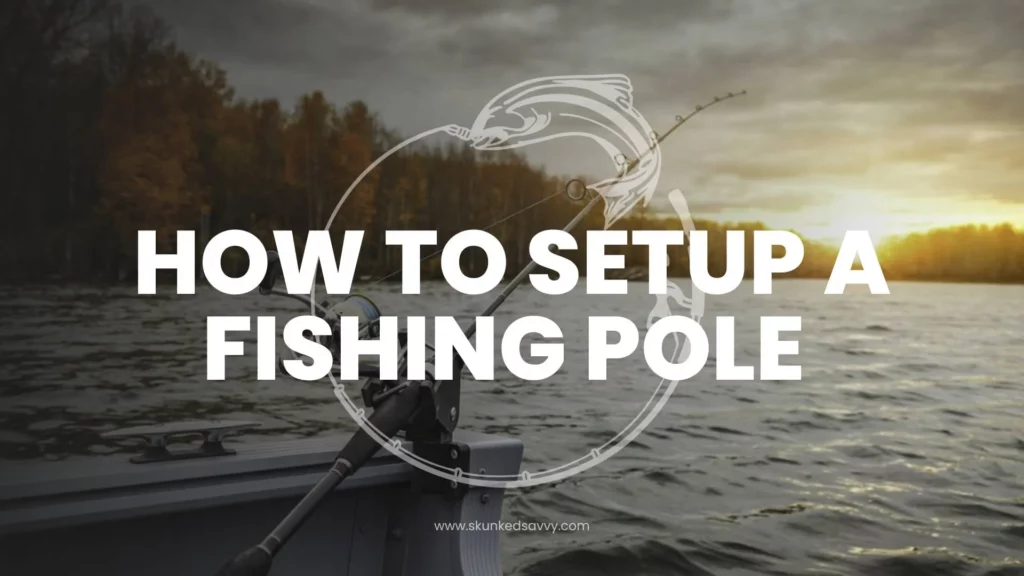
In case you are a novice but want to gather fish for dinner, then come with me to learn how to set up a fishing pole in brief steps; here we go.
Important
Every angler should understand the importance of the right fishing pole and its adjustment.
In case you are a novice but want to gather fish for dinner, then come with me to learn how to set up a fishing pole in brief steps; here we go.
How To Set Up A Fishing Pole?
The most important part of fishing is to set the fishing pole. It is a fishing rod with a spinning reel that has a wire to control the movement of the rod.
Pro Tip
I will suggest you purchase the separate parts of the pole instead of buying an installed one.
To customize a fishing pole, you will need a few items. So, here are the types of equipment you need to gather;
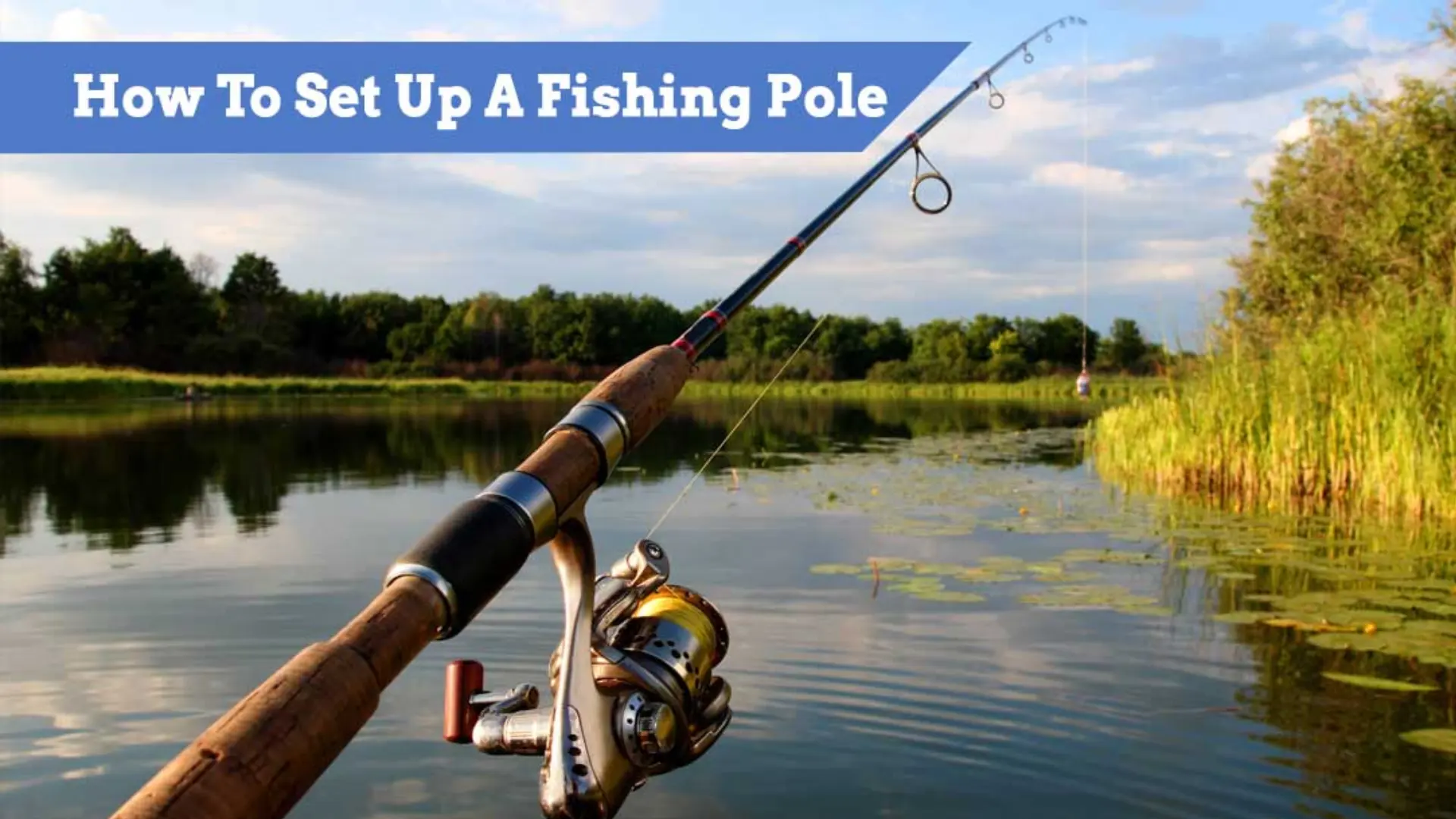
- Fishing line
- Scissors
- Lures
- Spinning rod
- Spinning reel
These pieces of equipment are available in the market, but I suggest you choose the branded one with a warranty and high quality. Additionally, the parts should be made of rigid material so that if you use a pole to catch large fish, the rod or reel does not tear apart. Now, we are moving to learn how to connect these pieces of equipment to make a fishing pole.
Initial Adjustments
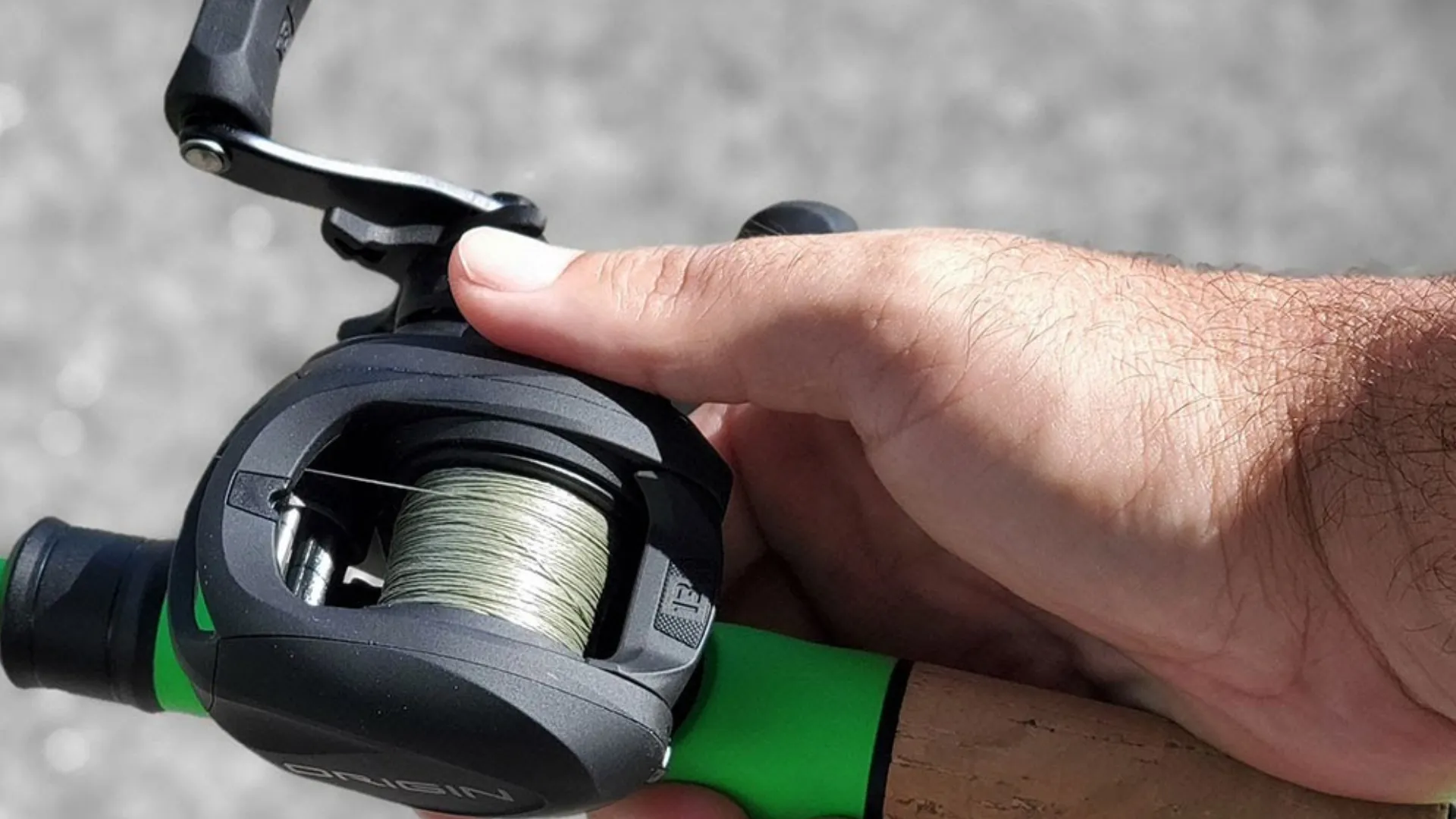
- Step 1: This part is for those who have not used their rods for a long period; clean it with a piece of cloth and use the rod cleaning chemicals. It is suggested that you should use harmless and antitoxic materials to clean the rod.
- Step 2: If you use the portable rod, then assemble the parts of the rod one by one; the guide to attach parts comes with the package. All you need is to connect each joint with another one, then the next, and your rod has assembled.
- Step 3: The reel seat is often filled with a screw; use a screwdriver to unscrew it and attach the base of the reel to the seat. Now you need to connect it with the help of the screw and tighten it. Do not leave a margin for the mistake by using rusted or unthreaded screws; otherwise, the reel or wire may tear apart.
- Step 4: If you want to customize the reel’s handle, unscrew it with the help of a driver and place it in the opposite direction. Each reel has a customizable handle, so both left and right-handed people personalize it according to their preference.
You have successfully assembled a rod, but the next part is to set it up according to your use. In this part, one should consider the targets and type of water where he is about to go fishing. If you are setting it up for surf fishing, then one can use small baits with slightly weaker wire; otherwise, use strong lines.
Setting Up The Pole
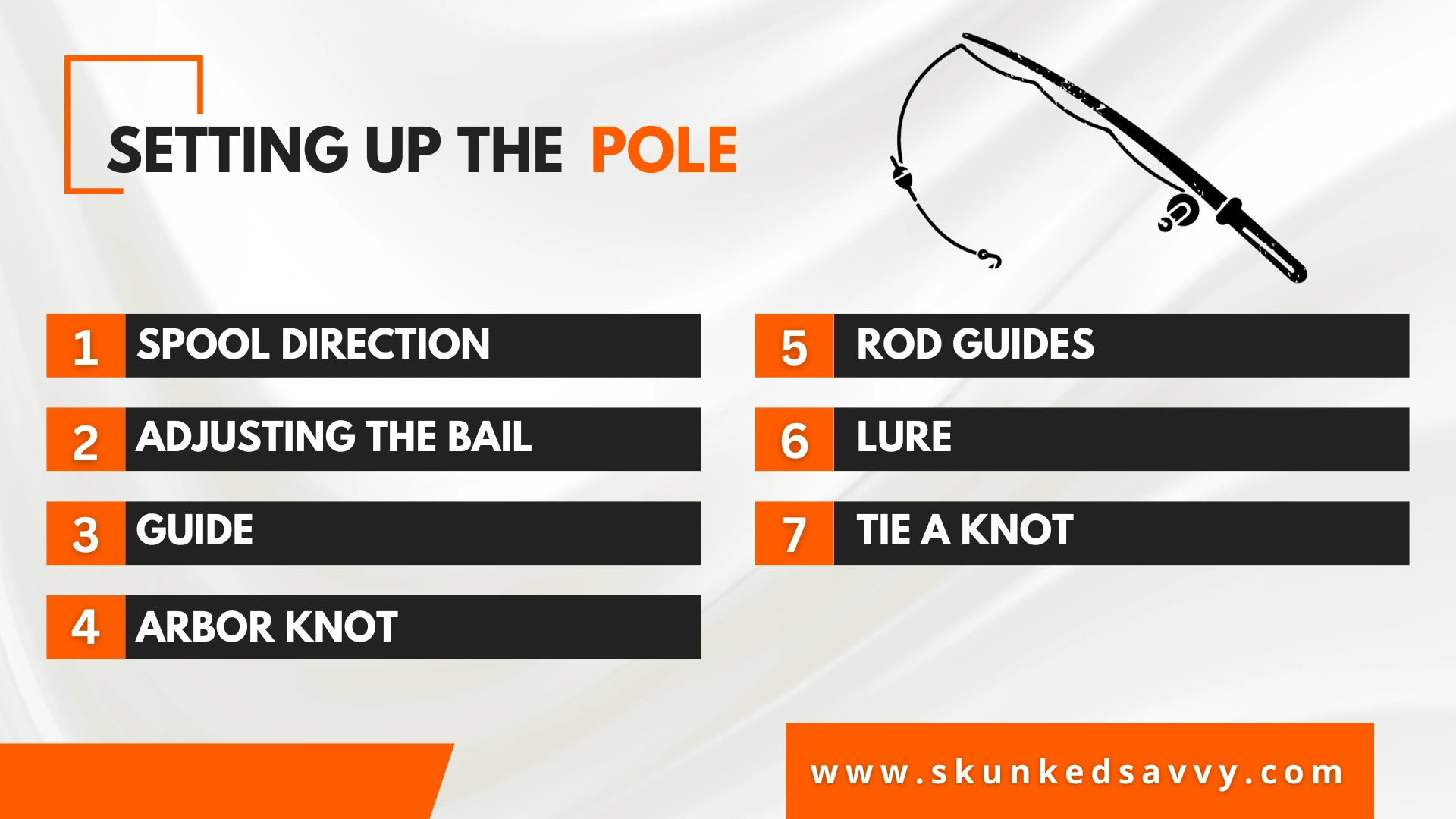
Step 1: Spool DIrection
Beginners often wind the line anticlockwise with the clockwise spool and vice versa. That is the biggest mistake because the spool direction and assembly of the line are completely different. The spool is the gadget used to wind the line, first determine the rotation of the spool; if it is clockwise, then wind the line in a clockwise direction, or with the anticlockwise spool, one should wind the line in an anticlockwise pattern. Also check out the best fishing poles for kids.
Step 2: Adjusting The Bail
Bail is the metal arm located on the spool; it is used to lock or release the line. If the bail is away or flipped up, it releases the line, and down or closed, it will not allow the line. To adjust the line, one should flip up the bail to release the line out of the spool.
Step 3: Guide
You have almost done the job; pass the line through the guide available in the spool. If you do not know what the guide is, it is the hole-like structure that is available on the rod and the spool. The released line should pass through the hole to go forward.
Step 4: Arbor Knot
The line you have passed through the guide should be tied with the reel’s spool. Now, you may find this part difficult, for those one should tie the arbor knot. Make the loop from the end of the line and pass it through the eyelets available on a spool now; wrap the line 6 to 8 times and tie a knot.
Step 5: Rod Guides
Guides are also available on the rod; once you have tied the knot, pass the line through the small hole structures. Keep the line snug but not extra tight; otherwise, it can tear. Once you have passed through all the guides, then close bail by locking the line.
Step 6: Lure
It is time to attach the lure; it is the small stuff or material made for catching fish; it mimics the portrayal of the fish. There are several kinds of lures available, for example, spoons, jigs, or plugs. Pass the line that comes from the guide of the rod in the lure.
Step 7: Tie A Knot
The line goes through the lure; now tie the knot from the end of the line. Before you go to tie, learn the fishing knots because they are a bit different from the normal knots. Anyhow, tie the knot and start fishing; you can go to the sea or catch fish from a pond; your fishing pole has been settled.
FAQs
How long can a fishing pole be?
The average length of the fishing pole is about 4 to 15 feet. The small poles are used for surf fishing or pond fishing, while larger ones are stronger and offer a better job to catch bigger fish.
What makes a fishing pole good?
If a pole is less likely to bend, offers more power, and is stiff, it is an ideal fishing pole.
Does fishing pole size matter?
Yes, the fishing pole’s size is very significant to catch fish. It impacts the skills of the angler, distance, accuracy, and strength required for catching and withdrawing a fish out of the water.
What is the most basic fishing pole?
The most basic fishing pole is the spinning rod. It has a spinning reel with rotating handles and a line attached from the reel to the end of the rod.
What are the strongest fishing poles made of?
There are several materials used for forming the fishing pole, including graphite, fiber, aluminum, and so on. However, the heavy poles are difficult to manage, but the graphite and fiber are known as the strongest and lightweight.
Final Thoughts
Important
One should understand the anatomy of the rod, spinning reel, handle, and functions of all the parts so he can fix them in case they are not working accurately.
I have been fishing for a long period, and the thing I discovered is that fishing is a skill that one should learn before casting the rod. Furthermore, one should learn to customize the fishing pole by assembling its parts according to the results you require.
Adjusting and installing all parts together is a complicated and intricate job; it requires practice. You should detach and connect all parts together twice a day so you can learn how to set up a fishing pole conveniently. Anyhow, I have explained how to adjust a fishing pole in simple and brief steps; I hope this information will help you in the future.

